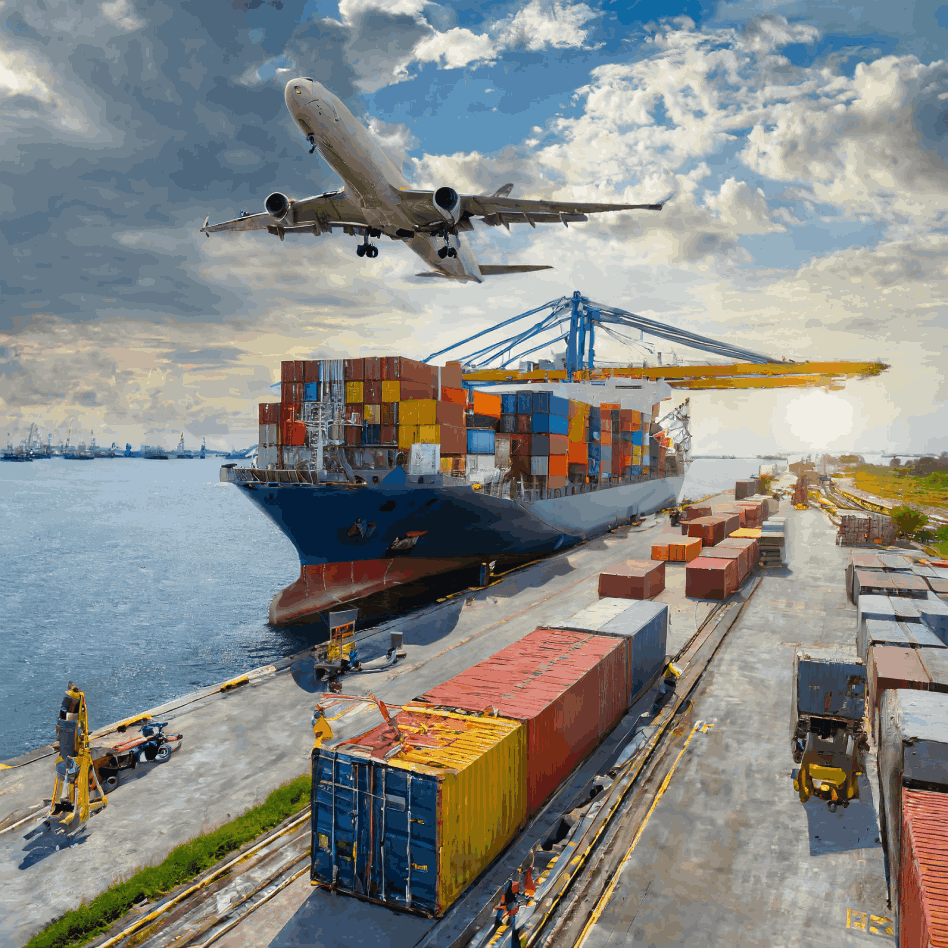Maritime Claims
When the Seas Pose Challenges
Maritime accidents can have serious consequences, including human casualties, economic losses, and environmental damage. Understanding the intricacies of damage assessment is crucial. Here are some key aspects:
Damage Assessment Models: The maritime industry relies on various models to assess damages resulting from accidents. These models consider factors like ship type, hull characteristics, material properties, and more. Regular reviews of these models are essential to adapt to the evolving industry.
Risk Factors: Risk Factors: Human error, management decisions, and environmental conditions significantly impact maritime accidents. By analyzing past incidents, we can identify critical factors and develop safety protocols2.
Railway Claims
When Tracks Lead to Legal Paths
Railway accidents can disrupt lives and economies. Here’s what you need to know:
Accident Assessment: Derailments, collisions, and other incidents require thorough assessment. Factors like track conditions, signaling systems, and operator behavior play a role.
Safety Measures: Qualified and well-trained railway personnel are crucial. Stringent safety protocols and infrastructure maintenance contribute to accident prevention.
Aeronautical Claims
When Skies Turn Turbulent
Aviation accidents demand precise evaluation. Consider the following:
Air Accident Models: Predicting damages from mechanical failures, pilot errors, or adverse weather conditions is challenging. Models help assess consequences and guide compensation claims.
High-Profile Cases: Notable incidents like the Ethiopian Airlines Flight ET302 and the Germanwings Plane Crash underscore the need for justice and answers.
Hazardous Cargo Risk Assessment
Navigating Port Environments
Hazardous Cargo Risks: Dealing with hazardous materials in ports requires rigorous analysis. Factors like human behavior, management decisions, and safety protocols influence accident probabilities
Bayesian Network Approach: By combining expert judgment and past accident data, we can assess risks and prioritize safety measures. Workforce qualifications, training, and safety protocols are critical.
Remember, safety and prevention are paramount. Whether at sea, on rails, or in the skies, understanding claims and risk assessment ensures a safer journey for all.
Disclaimer: This information provides a general overview and should not be considered legal advice. Consult qualified professionals for personalized guidance.
For more information, explore Swiss Business Group Solution Claims services





